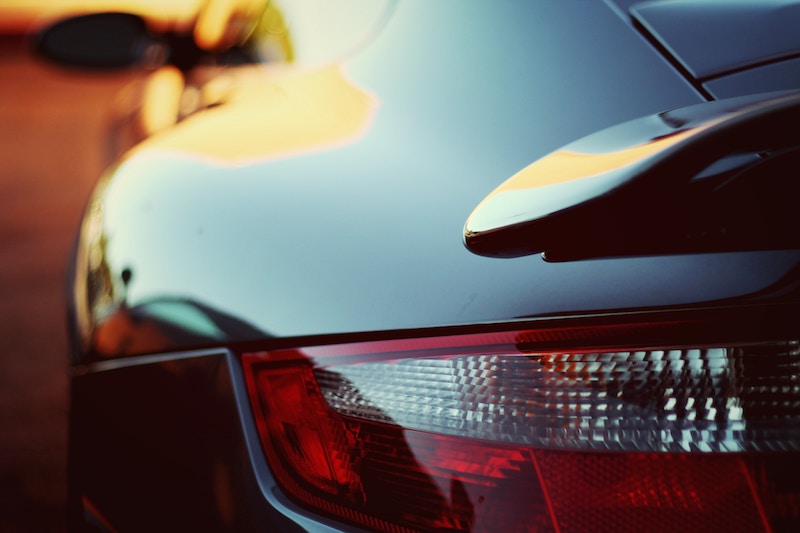
Car owners have a lot of pride in their vehicle. They keep it clean and make sure that nothing wrong happens to it. But no matter how careful you are when driving or handling your car, bad luck will rear its ugly head and can result in damage. It’s double the trouble when it is a leased car.
Accidents Happen
Unlike with car finance, car leasing means that you are just borrowing the car with a promise to return it after a few years. When you let someone borrow something from you, you expect it to come back in the same condition as before.
With cars, wear and tear is inevitable. Scratches here and there will be expected. But of course, if the dent or scratch is too noticeable, then you can be sure that the dealership will notice. They may charge you some otherwise avoidable fees.
Here are the common types of damage leased cars get and what you can do before returning the vehicle.
Dents
Inspect the exterior of your vehicle. If you see any significant dents that you acquired from a bit of reckless driving or a parking mishap, it’s best to check the severity. If it’s not more significant than a credit card, then your leasing company probably won’t notice or charge you. But if it’s large and cannot be missed, then it’s best to have a professional fix the damages. This is especially true if paint came off, as this can be the starting point of rust.
Tires
These are the only things keeping your vehicle from touching the ground. They are also the most exposed parts. Check your tires from time to time, and if you happen to notice that there is an eighth of an inch or less of tread left on your tires, replace them.
Cracked Glass
You have somehow managed to break your windshield. Any damaged glass on your car will be noticeable and is dangerous if it goes unfixed. You can bet the leasing company will notice and of course charge you for the repairs. It is best to take it to the shop yourself and have the glass replaced to avoid any additional charges.
Curbed Wheels
Curbed wheels can sometimes be unavoidable. Expect to have minor scratches on your wheels. However, sometimes the damage can be too significant, and the leasing company might think it’s enough to charge you. Keep them in check, and get a quote from the dealer. Find out how much you are likely to get charged if you don’t fix it.
Bumpers
Your bumpers are the front lines of defense for your vehicle. You can expect them to get scratches here and there. But if you get into a minor crash and the bumper is dented, and a lot of paint has come off, get it fixed.
Damage Protection Plan
Before leasing, talk to the dealer so see if they are offering a damage protection plan. Occasionally this can be included in your monthly payment. A Damage Protection Plan is insurance that can help protect you financially if something were to happen to the car during the leasing period. Some leasing companies offer this as an add-on to the contract. Others incorporate it into the monthly payments already.
Go over the coverage, or better yet and ask for a printed or emailed copy of the contract, so you always have a copy with you when making claims.
Worst Case Scenario
When you lease a car, you are looking to lower your monthly payment as much as possible. Because of this, some lessees don’t opt to take the insurance plan some companies offer. Instead they think, “I’m a careful driver. I won’t damage the car in any way!”
Overconfidence can lead to accidents, and the worst-case scenario is that you have to pay for everything out of your pocket instead of only covering some of the damage. That could prove to be more costly than buying a brand-new vehicle.
The lesson to be learned here is to always prepare for the unexpected. Paying a bit more for insurance coverage each month is better than spending large amounts to fix any damage.
